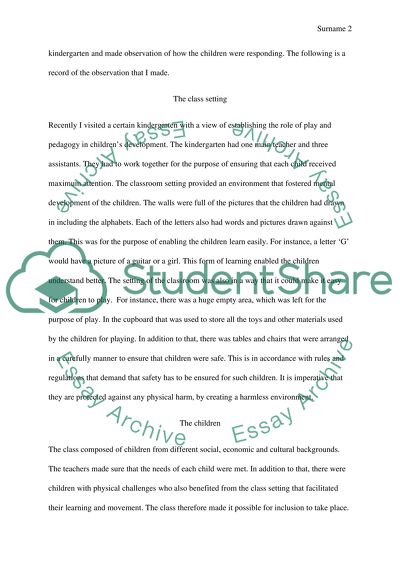Cite this document
(“Play and pedagogy Essay Example | Topics and Well Written Essays - 3000 words - 1”, n.d.)
Retrieved from https://studentshare.org/education/1474619-play-and-pedagogy
Retrieved from https://studentshare.org/education/1474619-play-and-pedagogy
(Play and Pedagogy Essay Example | Topics and Well Written Essays - 3000 Words - 1)
https://studentshare.org/education/1474619-play-and-pedagogy.
https://studentshare.org/education/1474619-play-and-pedagogy.
“Play and Pedagogy Essay Example | Topics and Well Written Essays - 3000 Words - 1”, n.d. https://studentshare.org/education/1474619-play-and-pedagogy.


